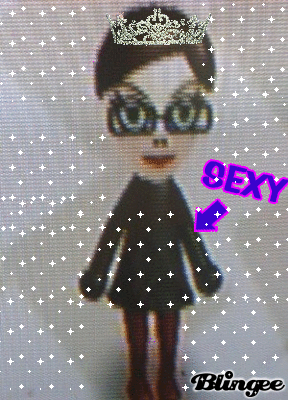
My colleague
Bruce Jenkins (formerly the curator of the
Harvard Film Archive and currently on faculty with me in the
Film, Video & New Media department at
The School of the Art Institute of Chicago) asked me to recommend Web Art that could be included in his upcoming "Presenting and Preserving Moving-Image Media" course. I suggested he include a discussion of the work of
Olia Lialina. In particular, her Last Real Net Art Museum project:
http://myboyfriendcamebackfromth.ewar.ruwhich in part hosts remixes of her MY BOYFRIEND CAME BACK FROM THE WAR project from 1996. The remixes function as a form of archiving and preservation in that they extend the life of the work by reworking this now historical New Media Art project. As such, this series constitutes a significantly dynamic and vital artistic use of archives and archiving.
Her FIRST AND THE ONLY REAL NET ART GALLERY:
http://art.teleportacia.org/directly addresses web-based exhibition of New Media Art as well as the legendary death or historical status of net.art. In particular, this issues are addressed through the online exhibition MINIATURES OF THE HEROIC PERIOD from 1998:
http://art.teleportacia.org/exhibition/miniatures/
Her collection of texts in the "Texts on net.art, new media and digital folklore" section:
http://art.teleportacia.org/observation/provides important views into these histories. From that section, her text "Vernacular Web" originally from 2005:
http://art.teleportacia.org/observation/vernacular/which was then updated and reversioned in 2007:
http://www.contemporary-home-computing.org/vernacular-web-2/also considers New Media Art Histories and issues of historicity by unlocking ways in which artists and those who do not identify as artists have used the internet and the web over the last 15 or so years...
// jonCates
 Tag ties & affective spies is a critical approach on the social media of our times. What happens when we are “tagging” , “posting” and “sharing” our experiences and opinions in platforms such as those of Facebook, YouTube, flickr or del.icio.us? Are we really connecting and interacting or are we also forming the content and the structure of the social web itself? curated by Daphne Dragona
Tag ties & affective spies is a critical approach on the social media of our times. What happens when we are “tagging” , “posting” and “sharing” our experiences and opinions in platforms such as those of Facebook, YouTube, flickr or del.icio.us? Are we really connecting and interacting or are we also forming the content and the structure of the social web itself? curated by Daphne Dragona



